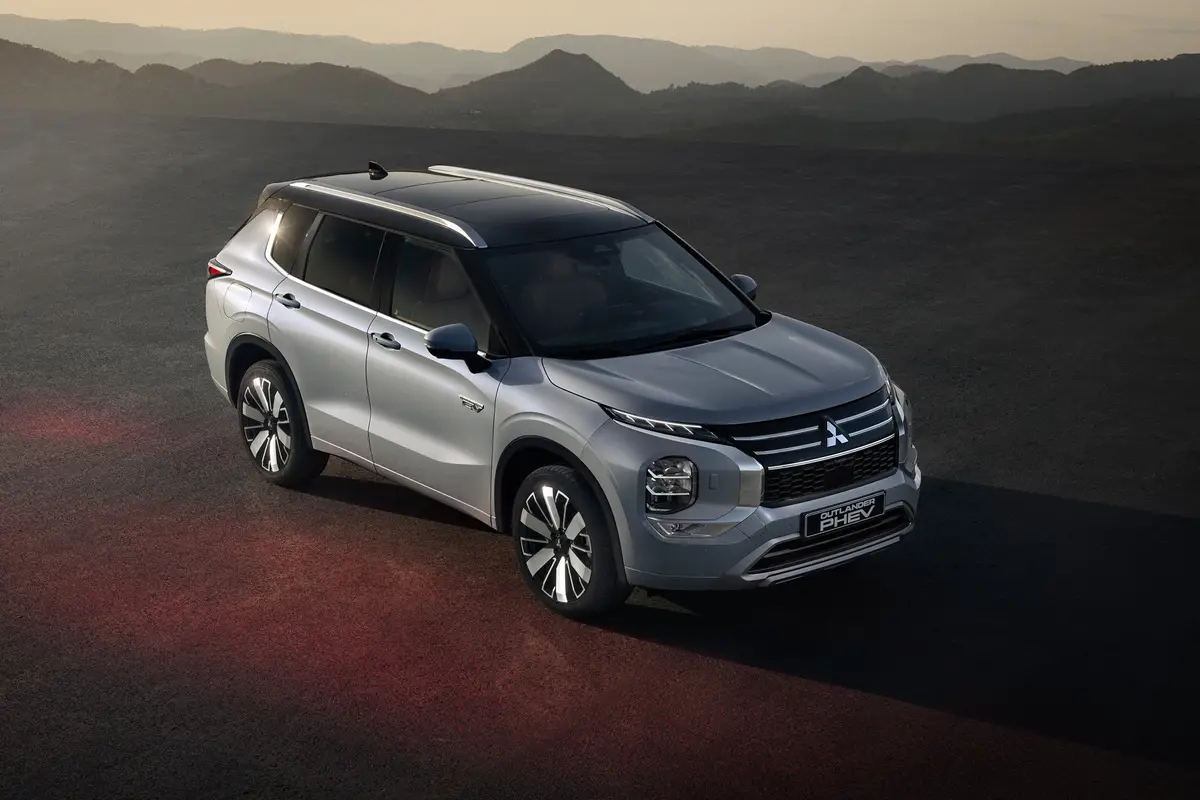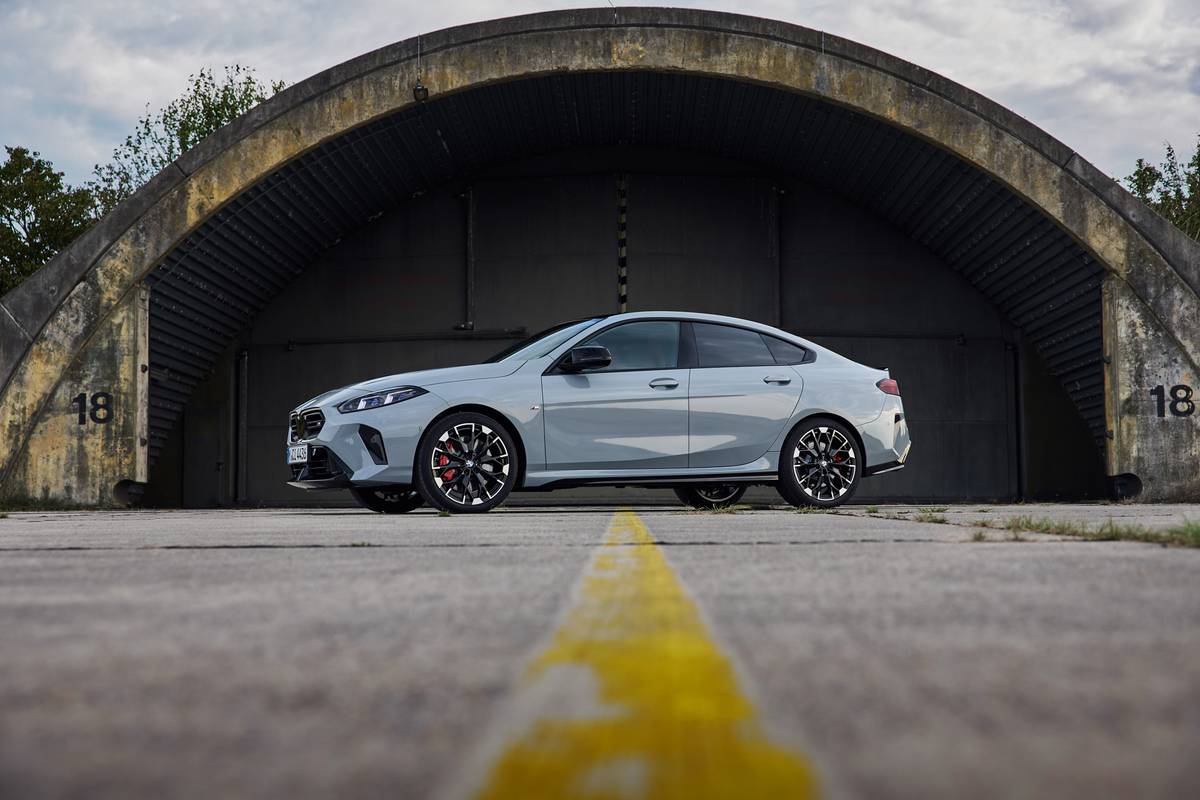washingtonpost.com's view
Mulholland Drive twists and shifts 50 miles through the Hollywood Hills and the the Santa Monica Mountains, running east from just below the Hollywood Freeway to Encino, just beyond here.
It is a strange road — part paved and part unpaved, part rural and part urban — that offers breathtaking views of Los Angeles and the San Fernando Valley on one end and the Pacific Ocean on the other.
Drivers love Mulholland. Bicyclists and joggers hold it in special affection as well. So it isn’t enough to tour the road in a car that dances with curves. The car must brake well, too.
I had the perfect machine for the trip, the 2003 Mazda6-i, a 2.3-liter, 160-horsepower sedan that gave me everything I wanted when I wanted it without threatening to give me too much.
Moderation is a necessary virtue on Mulholland Drive, as anyone who has seen director David Lynch’s 2001 movie by the same name knows. A wrong move on one of the drive’s outer edges could lead to eternity before you are fully aware of what has happened.
That’s why I chose not to drive the Mazda6-s on this part of my journey. The “s” version of the front-wheel-drive car comes with a 220-horsepower V-6. It outweighs the “i” by 201 pounds, and although Mazda’s engineers said the “s” was “made for Mulholland,” I wanted something lighter and tighter that would be more compliant with my will.
Besides, I’d already driven the “s” on the Ventura Freeway during one of those apparently rare times when traffic flows freely on that thoroughfare. The “s” was plenty fast, and it handled extremely well in emergency maneuvers mandated by vehicles moving much faster than mine. But I simply liked the feel of the “i” better.
Body-weight transfers were hardly noticeable in the car with the smaller engine, which also exhibited no breathing problems or power loss at challenging altitudes. Acceleration was spirited. Once back on the freeways, I had no problems changing lanes or maintaining median highway speeds in the four-cylinder car. In fact, the “i” performed so well, I wondered why the company bothered making the higher-horsepower “s.” But I didn’t have to puzzle over that one too long.
A cursory survey of the traffic here tells the story. Mazdas of any type are few and far between; and the Mazda 626 and Millenia sedans — both of which are being replaced by the Mazda6 — are practically nonexistent. Mazda clearly is scrapping for a bigger piece of the market; and the company’s executives are betting the company that the Mazda6 and its derivatives will give them an edge.
They have reason to hope. The Mazda6 repeats none of the sins of the moribund 626 and Millenia. Nor, for that matter, does it mimic one of its major Japanese rivals in the mid-size sedan category, the Toyota Camry. The Mazda6 is not boring. Its body is muscular, athletic. Its interior, accented by a titanium-finish center dash and other rich- feel, rich-look materials, is imaginative and inviting. Nothing in the car suggests second-class. Nothing embraces boxy, look-alike mediocrity.
Penitent Mazda leaders said that the company has rediscovered its soul, once manifested in cars such as the Mazda RX-7 and the Miata roadster, and more recently in commendable reworks of the Mazda Protege. It’s a zoom-zoom thing that went missing in the past.
Mazda officials believe their new car can also run against the BMW 3-Series and the new Honda Accord. They are not engaging in hyperbole in expressing that belief. The Mazda6 is indeed a good entry, one of the best that Mazda has brought to market in some time. But the Accord alone shows how difficult it is to hit a moving target. The new Accord looks good and runs extremely well. It is no longer a boring household car. It, too, is now a contender for the dollars being spent on European sports sedans.
The question is whether buyers here or elsewhere w ll choose a Mazda6 over a BMW 325i or a new Accord. But that’s like a question asked in a David Lynch movie. There is no easy answer.
Latest news



